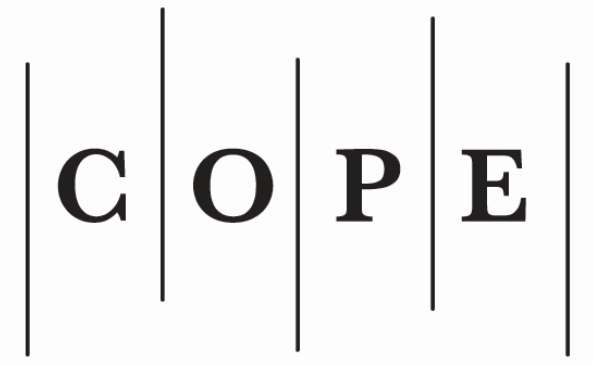Research of Factors Affecting Pension Funds Efficiency
##plugins.themes.bootstrap3.article.main##
Abstract
Currently Lithuania has an old-age pension system of three pillars. Unfortunately, when making an investment decision, too few factors are used that affect strategy effectiveness. It is necessary to develop tools to better assess the risks and more accurately simulate the potential long-term investment scenarios.
The article deals with the investment strategy to the second and third pillar pension funds in order to maximize investment returns and reduce risks. A smart software tool allows you to simulate an accrual depending on the rate of return, the accumulation period, the level of contributions, the fund’s profitability and other factors.
The study shows that using the Social Insurance Fund contributions, personal contributions and the state provided additives can accumulate significantly greater amounts of money than collecting only the second pillar pension funds contributions. For implementation of the proposed methodology it is necessary to ensure a minimum level of personal pension scheme members fundraising to the third pillar pension funds. On the other hand, the study revealed that in some cases investment to private pension funds can be useless.
Private pension funds have become popular between unprofessional investors who don’t have sufficient knowledge. Research shows that financial institutions do not always provide the optimal proposals. Advanced software tools can help make better investment decisions. Commercial tools usually show potential profits of investment, but not always pay sufficient attention to potential risks. This article analyzes both good and bad investment scenarios.
The article deals with the investment strategy to the second and third pillar pension funds in order to maximize investment returns and reduce risks. A smart software tool allows you to simulate an accrual depending on the rate of return, the accumulation period, the level of contributions, the fund’s profitability and other factors.
The study shows that using the Social Insurance Fund contributions, personal contributions and the state provided additives can accumulate significantly greater amounts of money than collecting only the second pillar pension funds contributions. For implementation of the proposed methodology it is necessary to ensure a minimum level of personal pension scheme members fundraising to the third pillar pension funds. On the other hand, the study revealed that in some cases investment to private pension funds can be useless.
Private pension funds have become popular between unprofessional investors who don’t have sufficient knowledge. Research shows that financial institutions do not always provide the optimal proposals. Advanced software tools can help make better investment decisions. Commercial tools usually show potential profits of investment, but not always pay sufficient attention to potential risks. This article analyzes both good and bad investment scenarios.
##plugins.themes.bootstrap3.article.details##
Section
Articles
- The Author grants to the Publisher the exclusive right and licence to publish this Article without remuneration until the expiry of the economic rights: to reproduce the article in print and digital form, including its publication; to disseminate the original version of the Article or its copies in Lithuania and foreign countries; to translate the Article; to publish the article, including making it publicly available via computer networks; to reproduce and publish the Article in Lithuanian and foreign databases; to licence usage of the Article in ways described in this paragraph.
- The Author warrants that the economic rights of the Author have not been assigned or granted to third parties, that the Article has not been published so far and is not under consideration of being published elsewhere.
- The Author warrants that the Article does not violate intellectual property rights of others.
- After the Article is published in Social Technologies the Author shall have a right to make it public on personal website or on a website of an institution of affiliation, to reproduce it for non-commercial teaching or scholarly research purposes, clearly indicating that the primary source of its publication is Social Technologies.
- This consent shall be considered invalid if the Editorial Board of the Social Technologies decides not to publish the Article.
Authors contributing to Social Technologies agree to publish their articles under a Creative Commons Attribution 3.0 Unported (CC BY 3.0) Licence, allowing third parties to share their work (copy, distribute, transmit) and to adapt it, under the condition that the authors are given credit, and that in the event of reuse or distribution, the terms of this licence are made clear.







